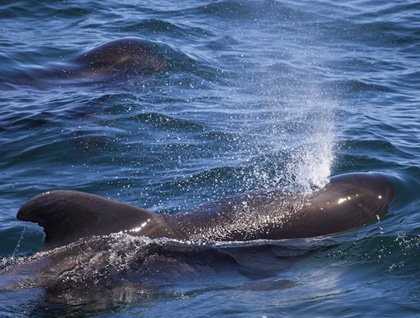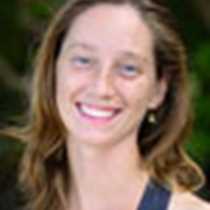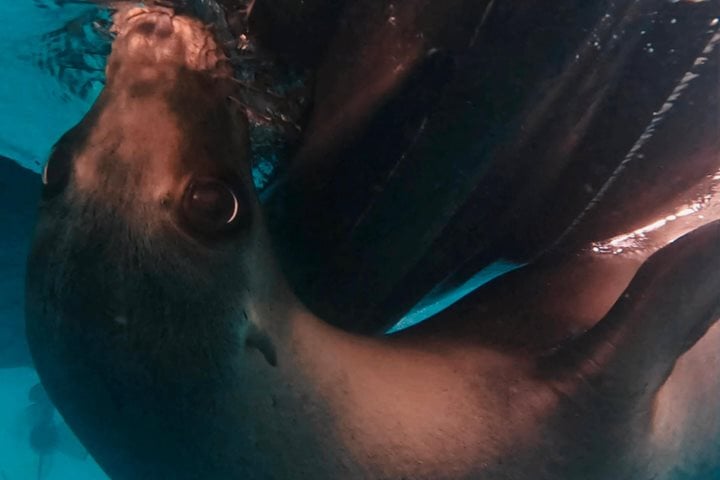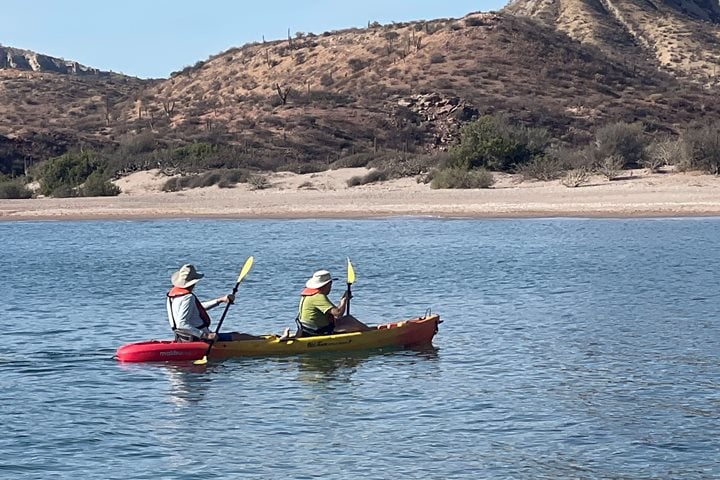This glorious Baja morning started early close to the most remote island in the Gulf of California. National Geographic Sea Bird anchored adjacent to San Pedro Martir Island for small boat tours around the rocky shoreline. This island hosts Heermann’s gulls, red-billed tropicbirds, brown and blue-footed boobies, and Bonaparte’s gulls. Some tour groups saw California sea lions gliding behind the expedition landing craft playing and jumping out of the water. There were large groups of eared grebes, in their early plumage phase, that were swimming about and eating in preparation for their migratory flight. After 1885 through the early 1900s this island provided a bird guano supply that was harvested for fertilizer and gun powder.
During the rest of this beautiful sunny day we devoted our time to searching for marine mammals out on the decks and listening to presentations with specialists onboard. The decks were filled as six different types of marine mammals graced us with their majestic presence. Humpbacks were the first to be spotted; four to five of them traveling with a calf. Two evasive whales made an appearance, the first was a Bryde’s and the second was a fin whale. We watched the sleek bodies of different groupings of pilot whales mixed with a group of bottlenose dolphins that jumped and breached. Lastly, we saw sperm whales blowing and surfacing, fluking, and diving down in the distance and close to the decks of the ship. Everyone was out taking in the beauty, returning to a childlike state of admiration and awe at these lovely animals. Photographers clicked away, capturing the beauty and excitement of the moment, while we appreciated these large sea creatures.
Our wonderful dinner was only topped by another fantastic presentation by National Geographic photographer, Flip Nicklin, on the topic of ‘How stories are made at National Geographic.’ A life of incredible achievement and documentation of the unique work he was able to be a part of throughout his years with the company.









